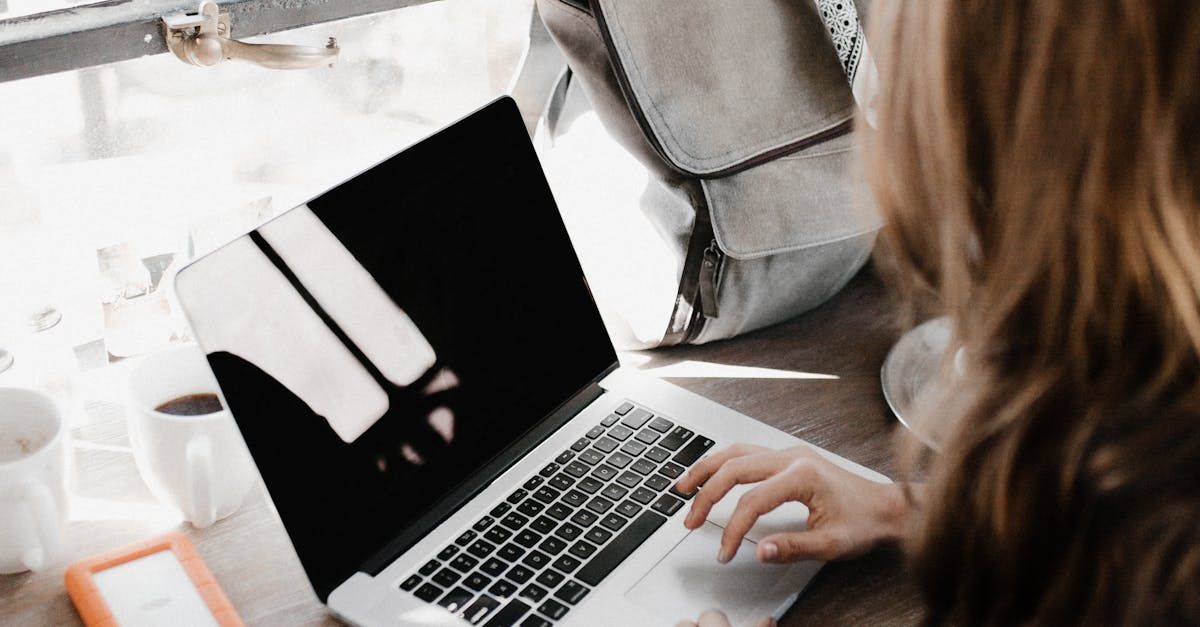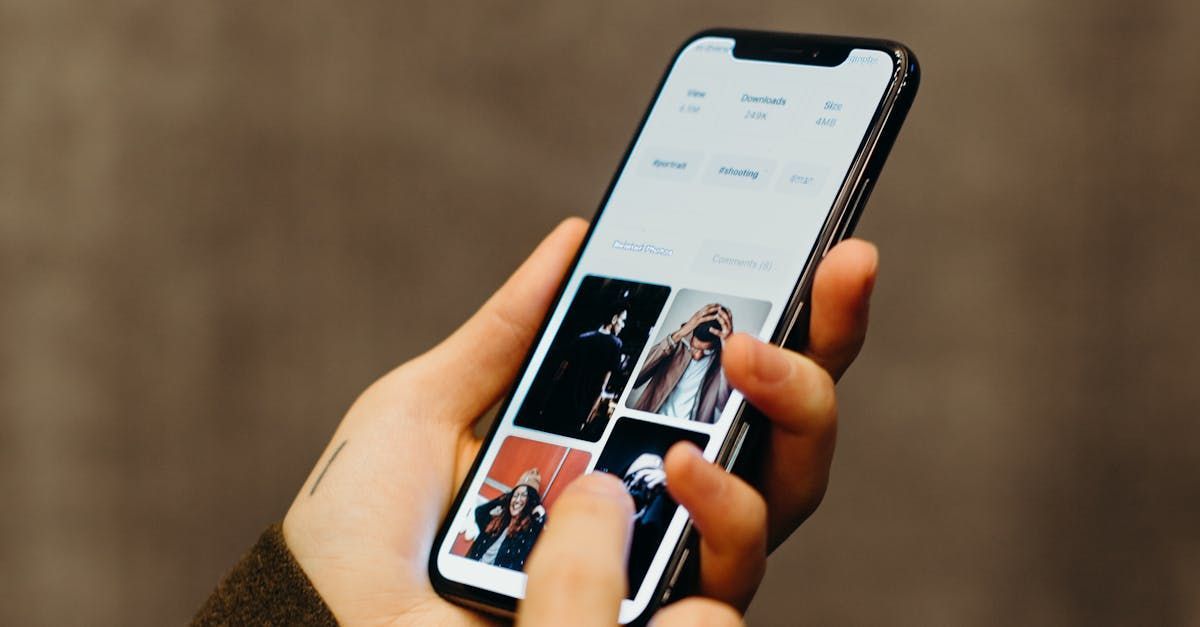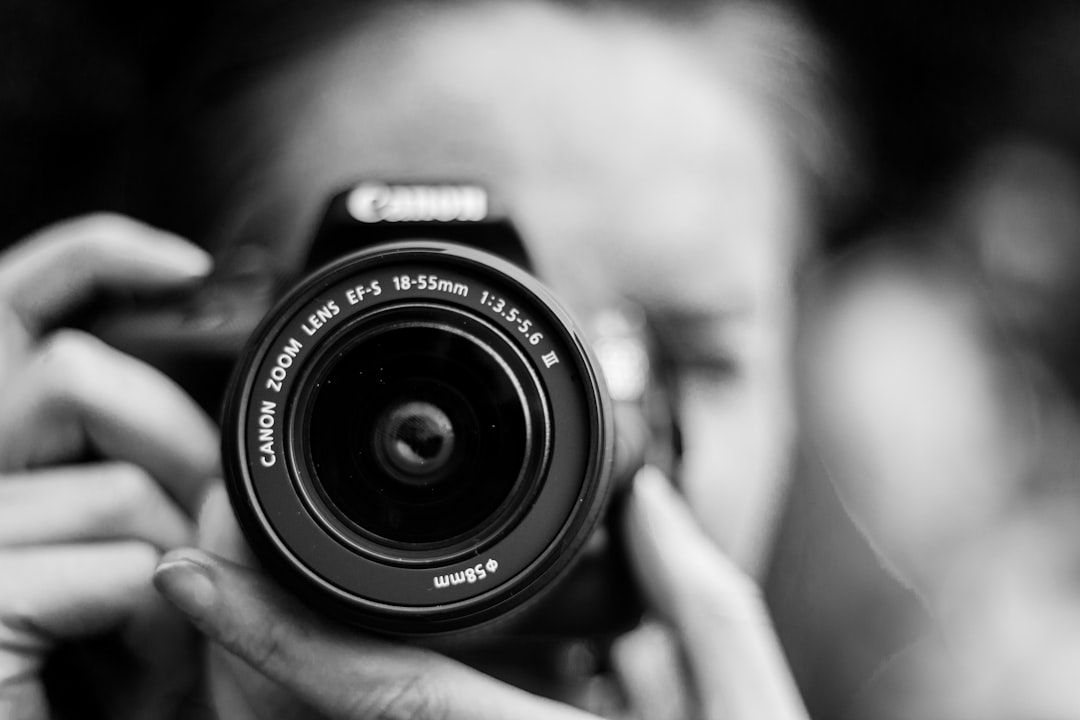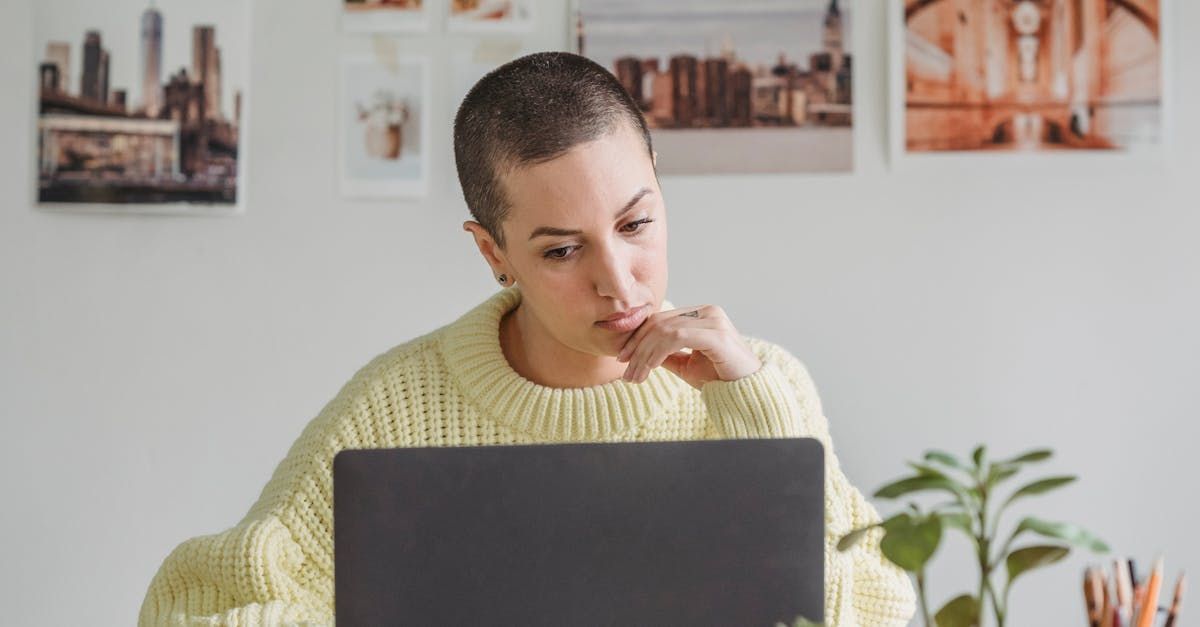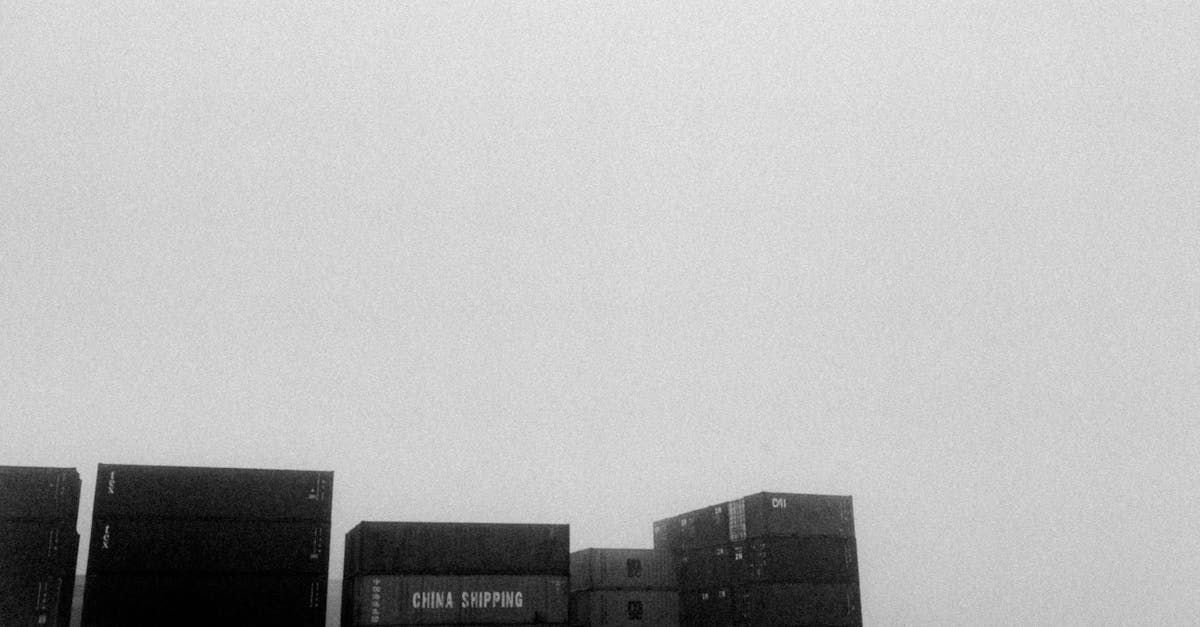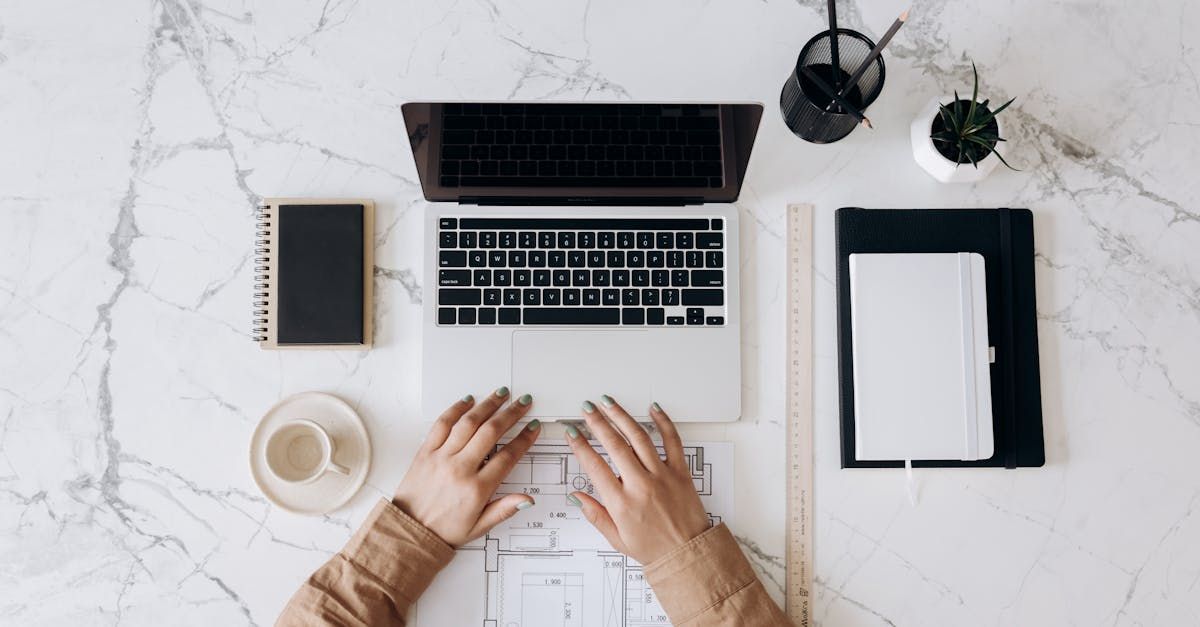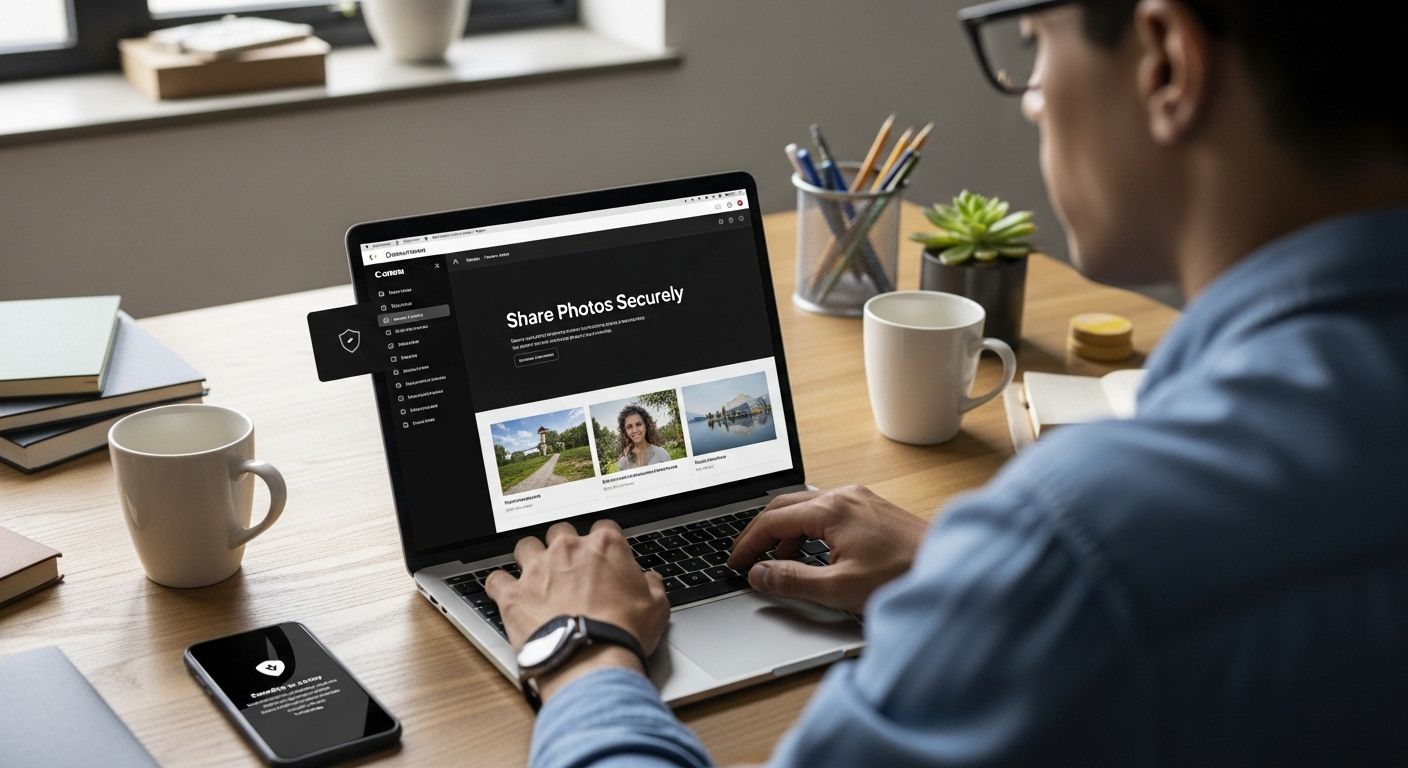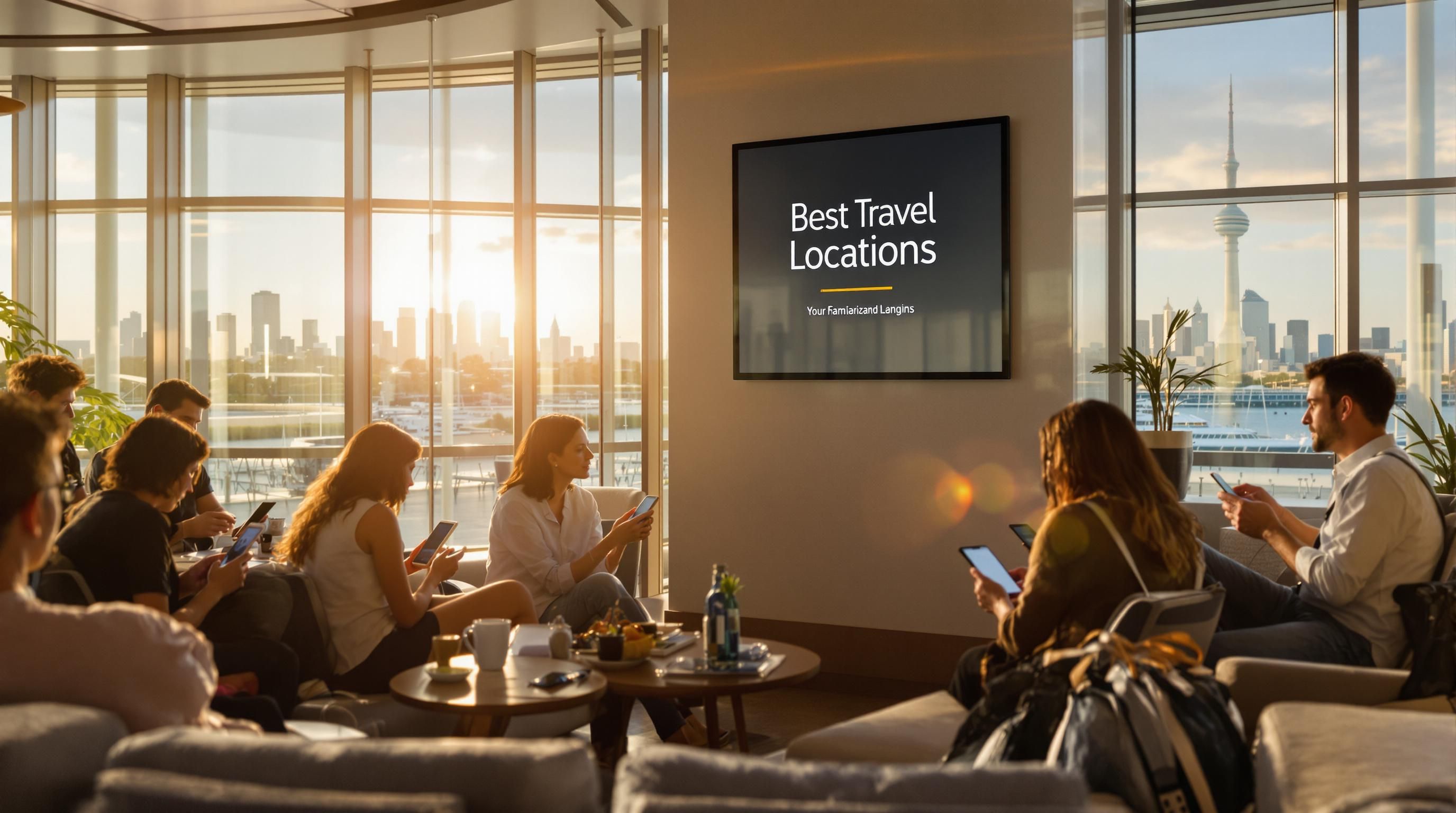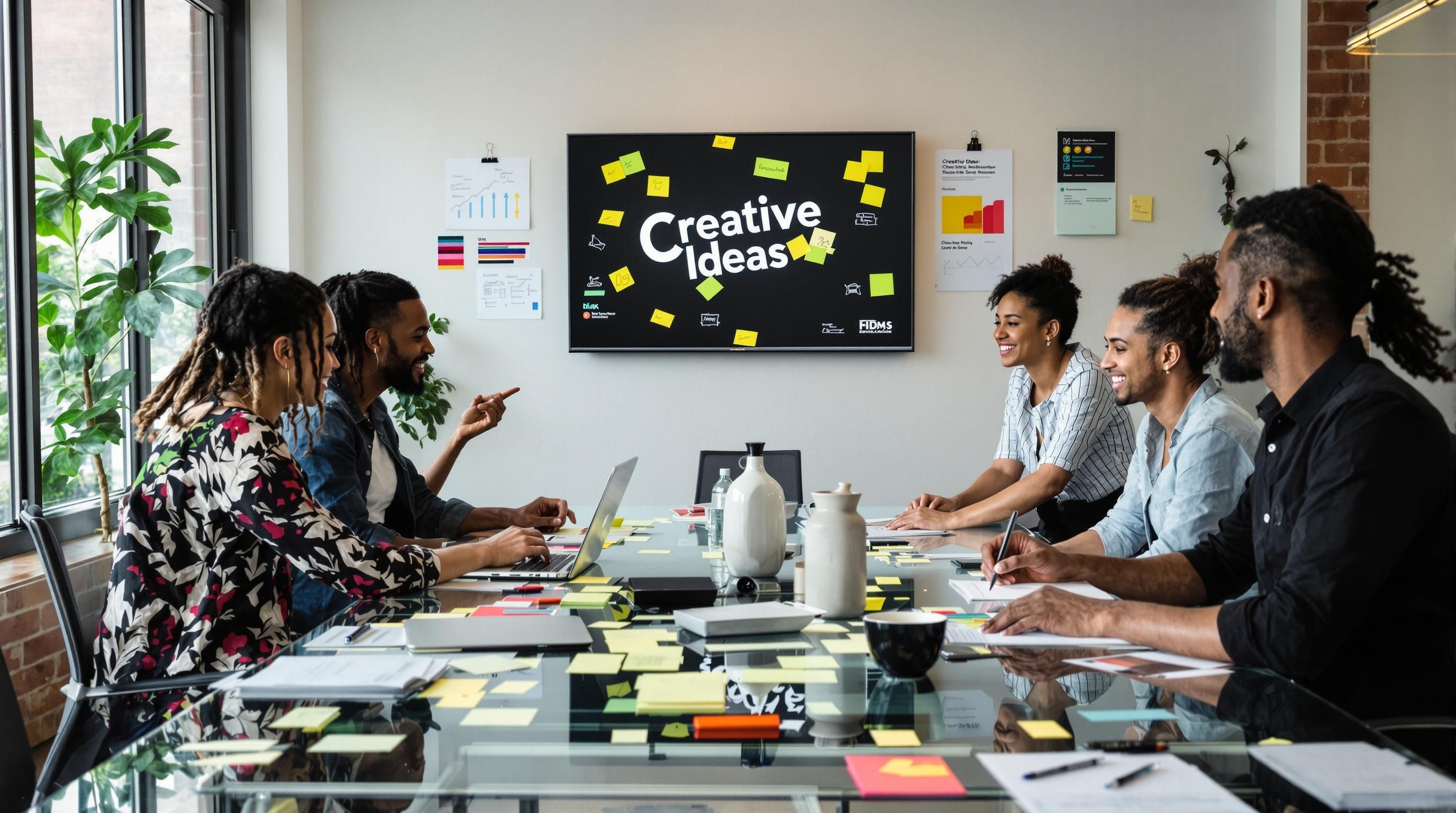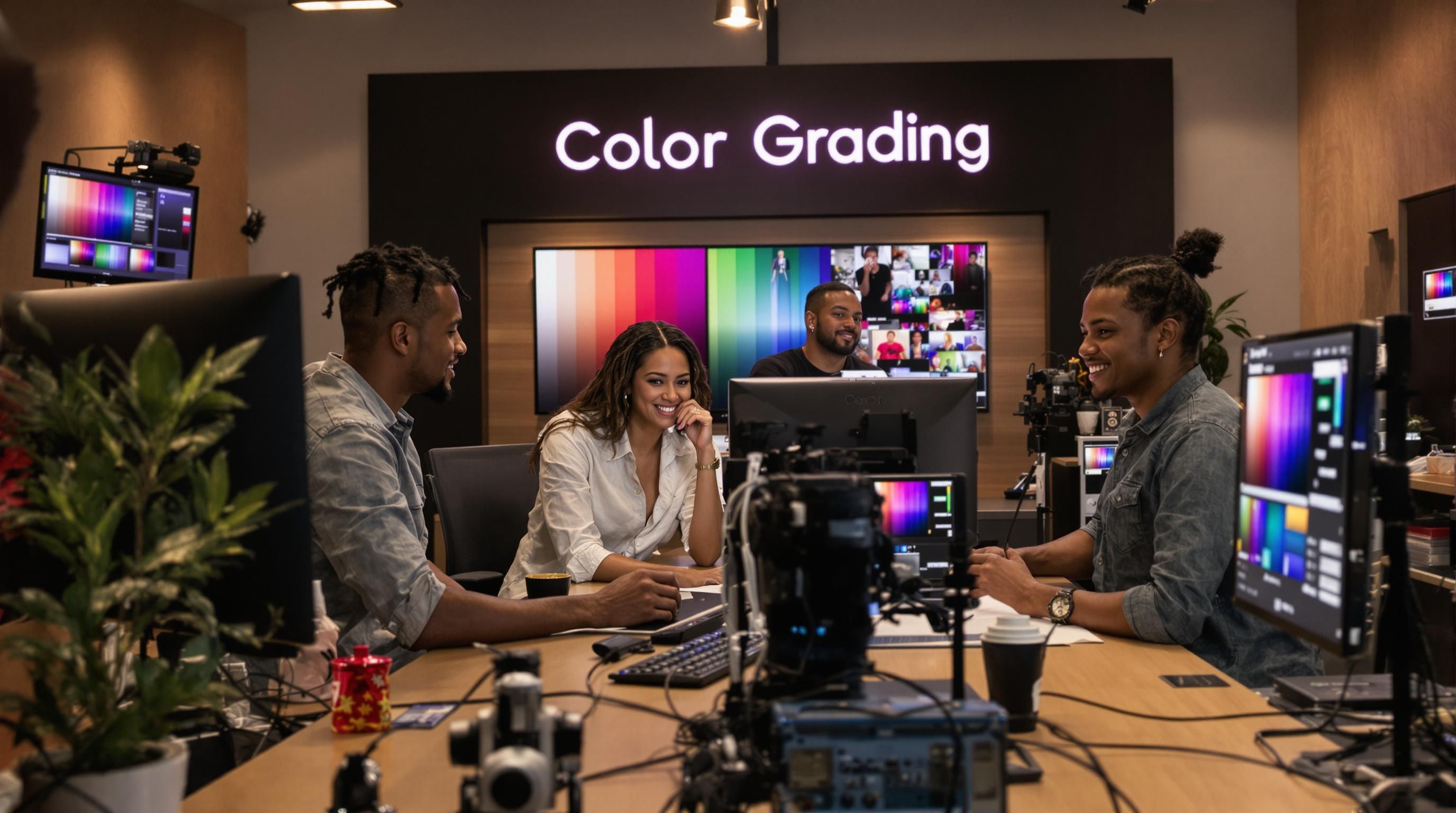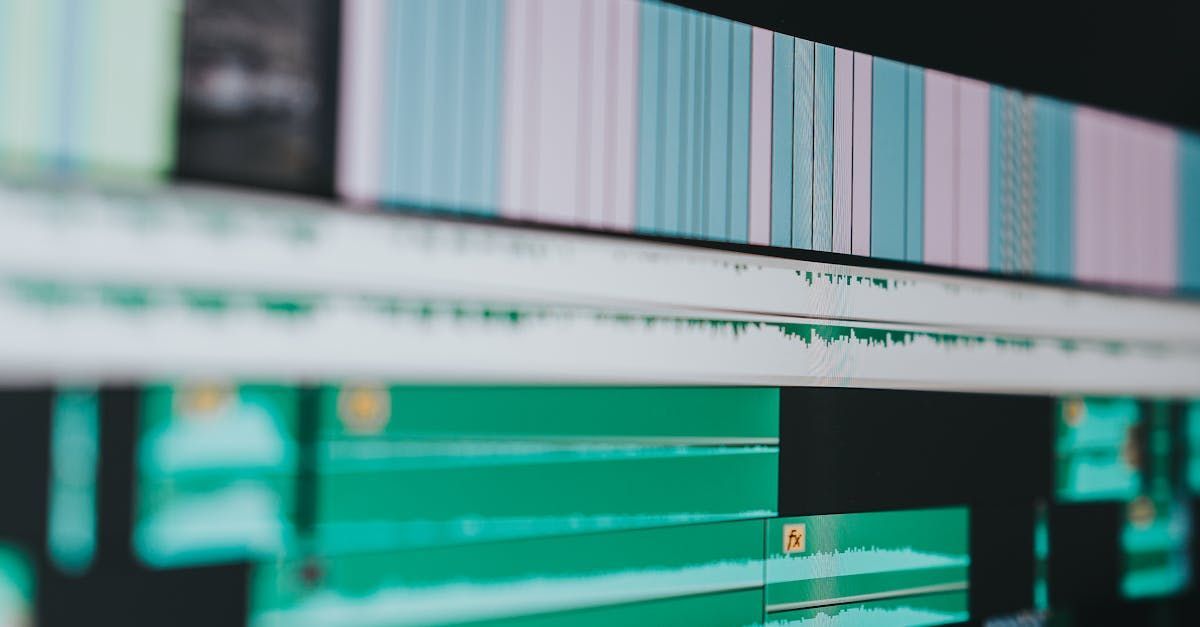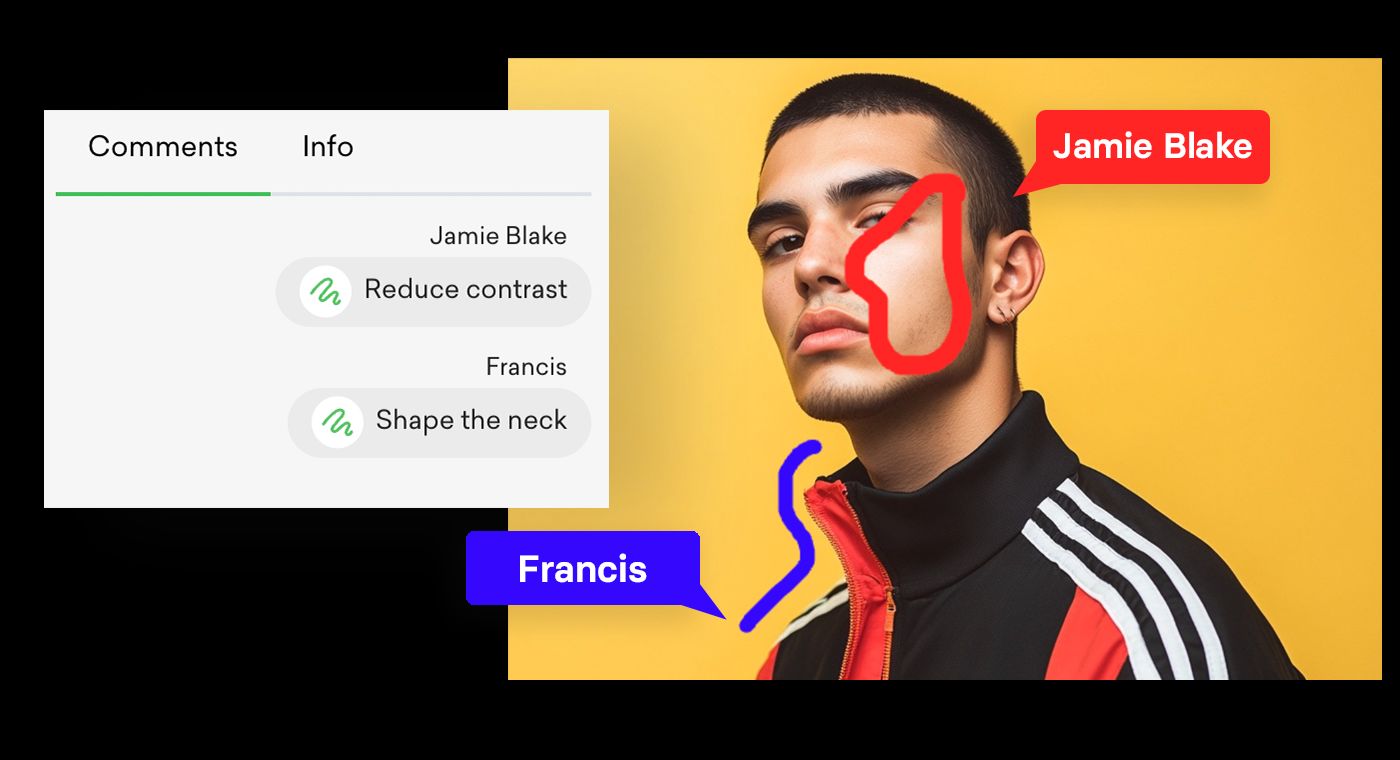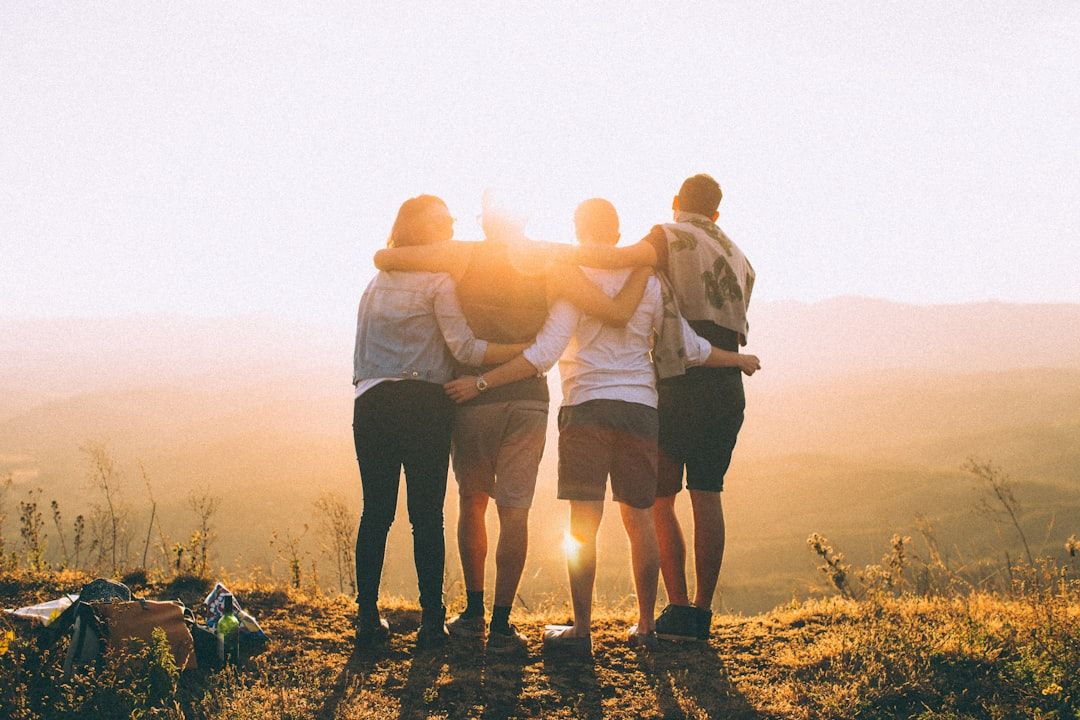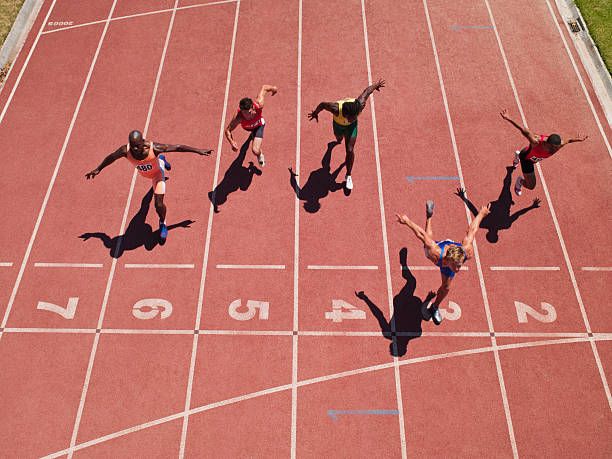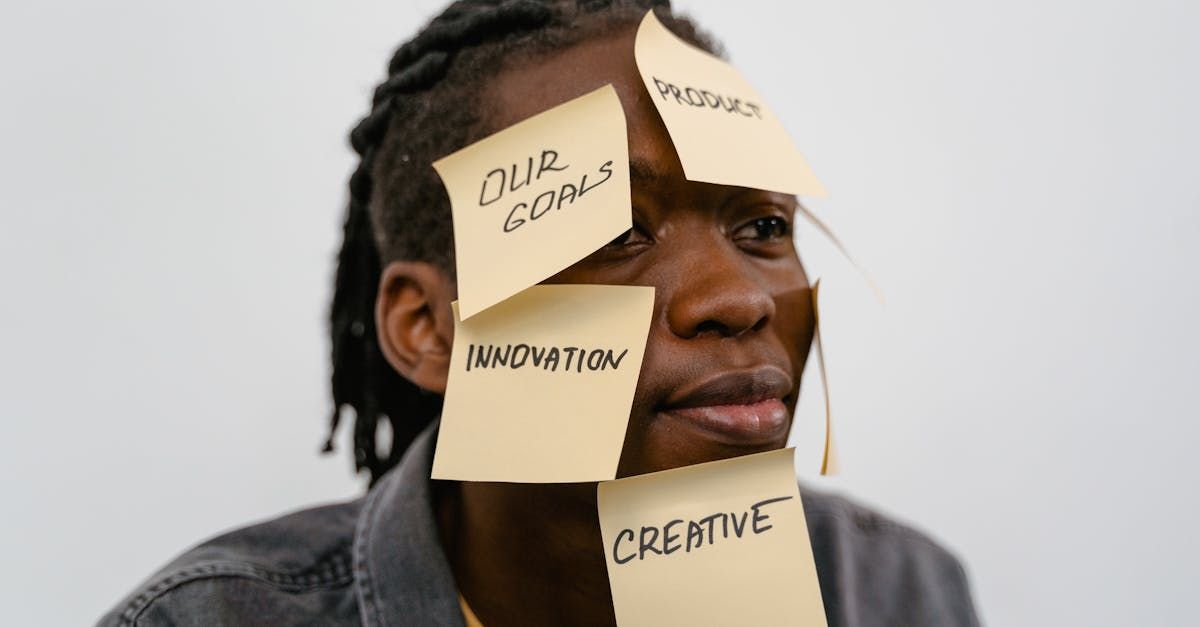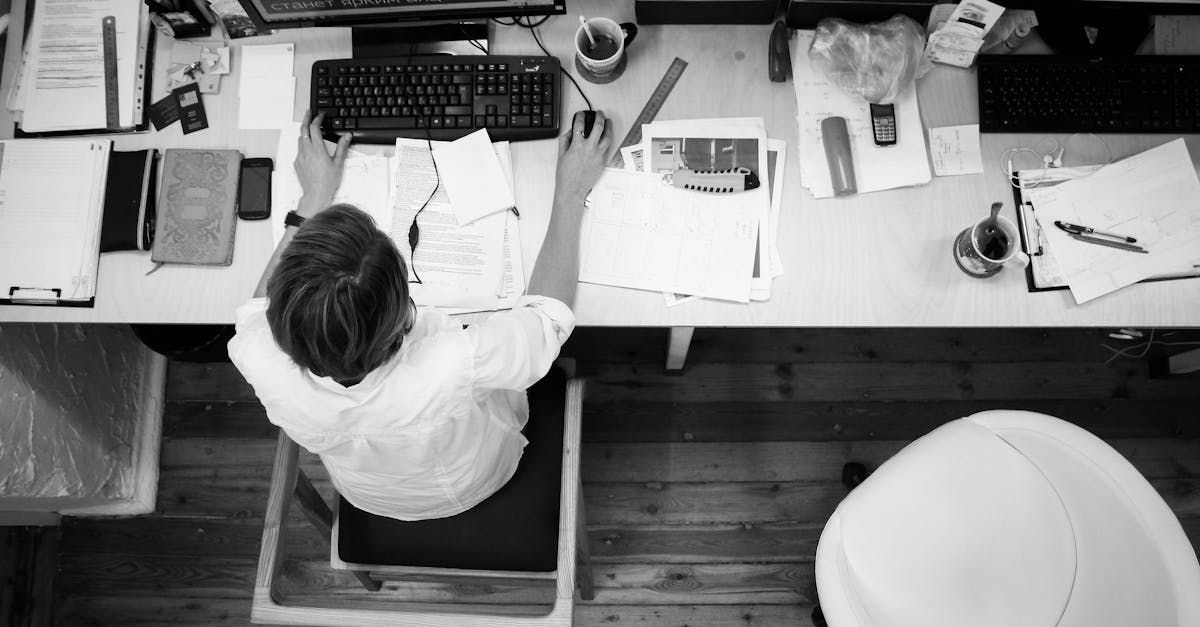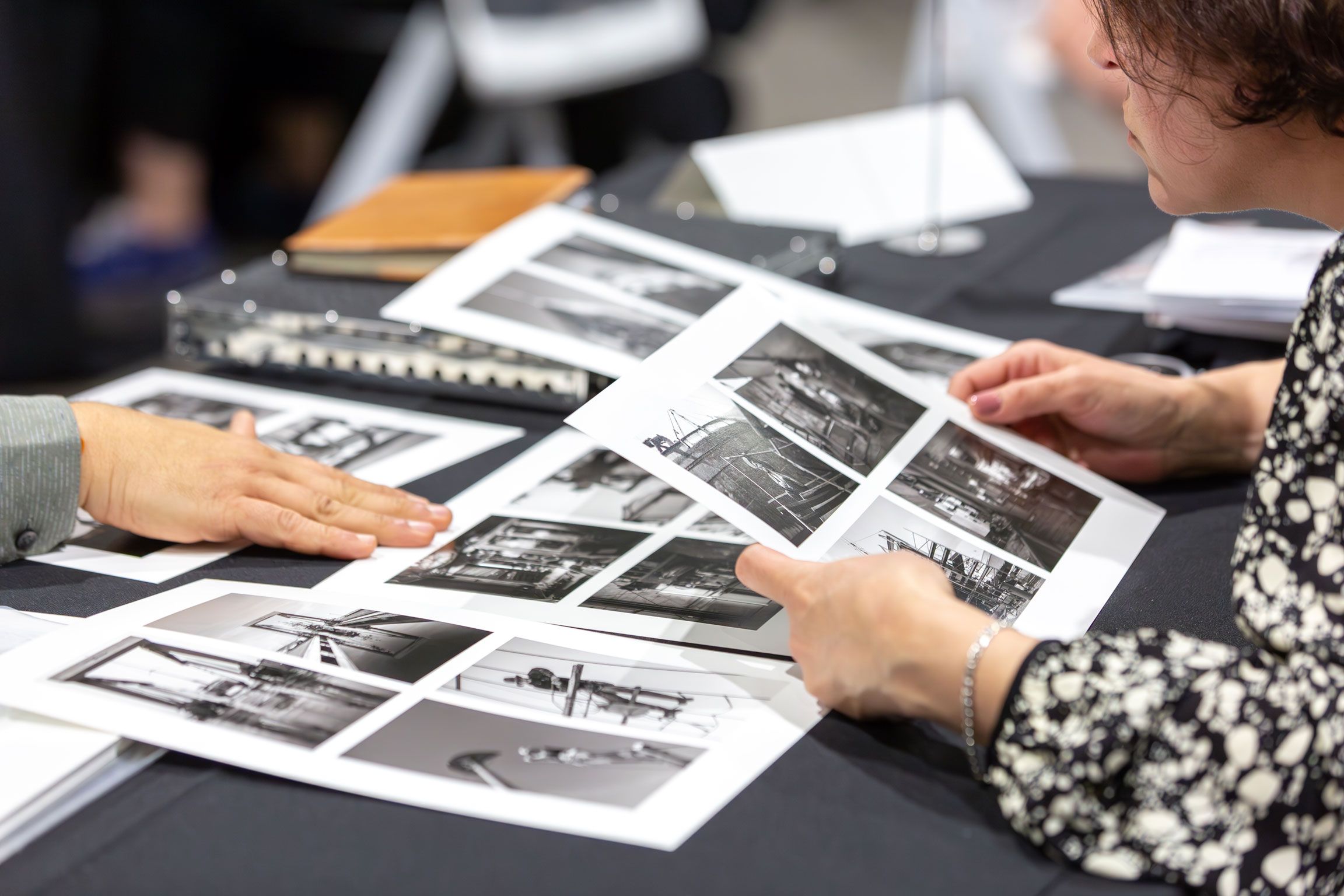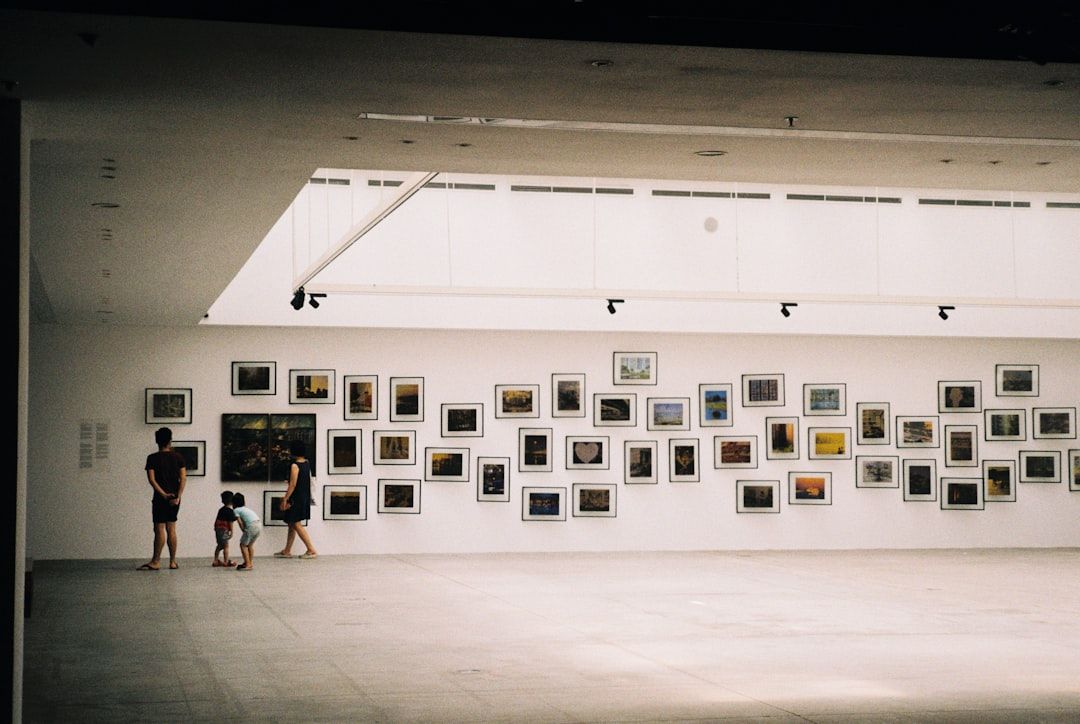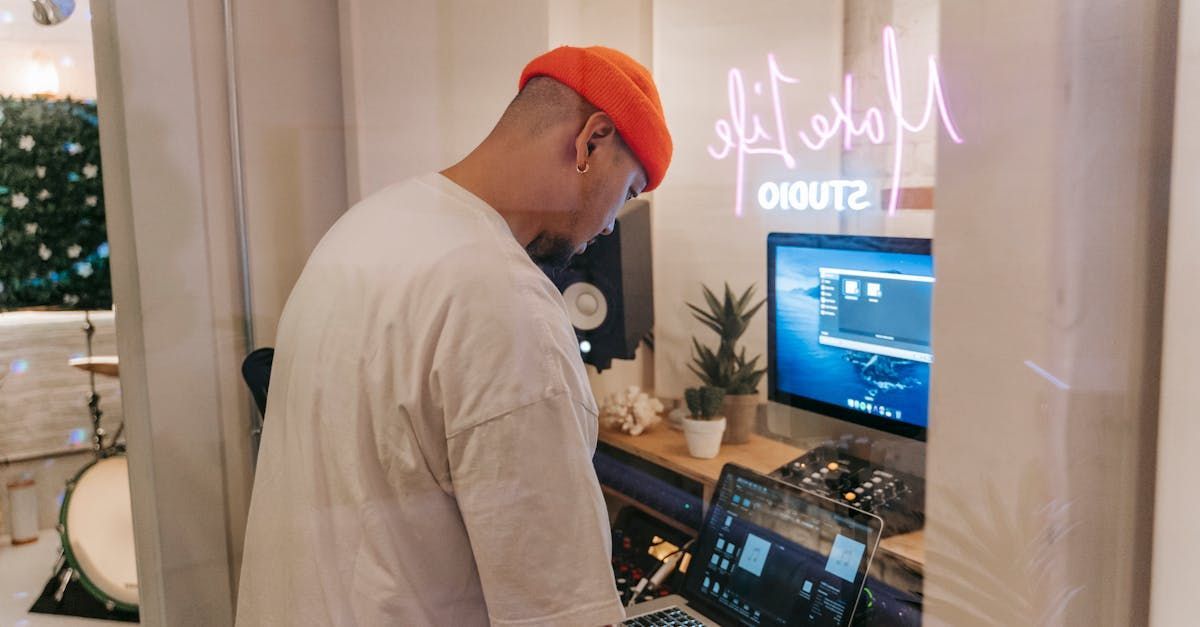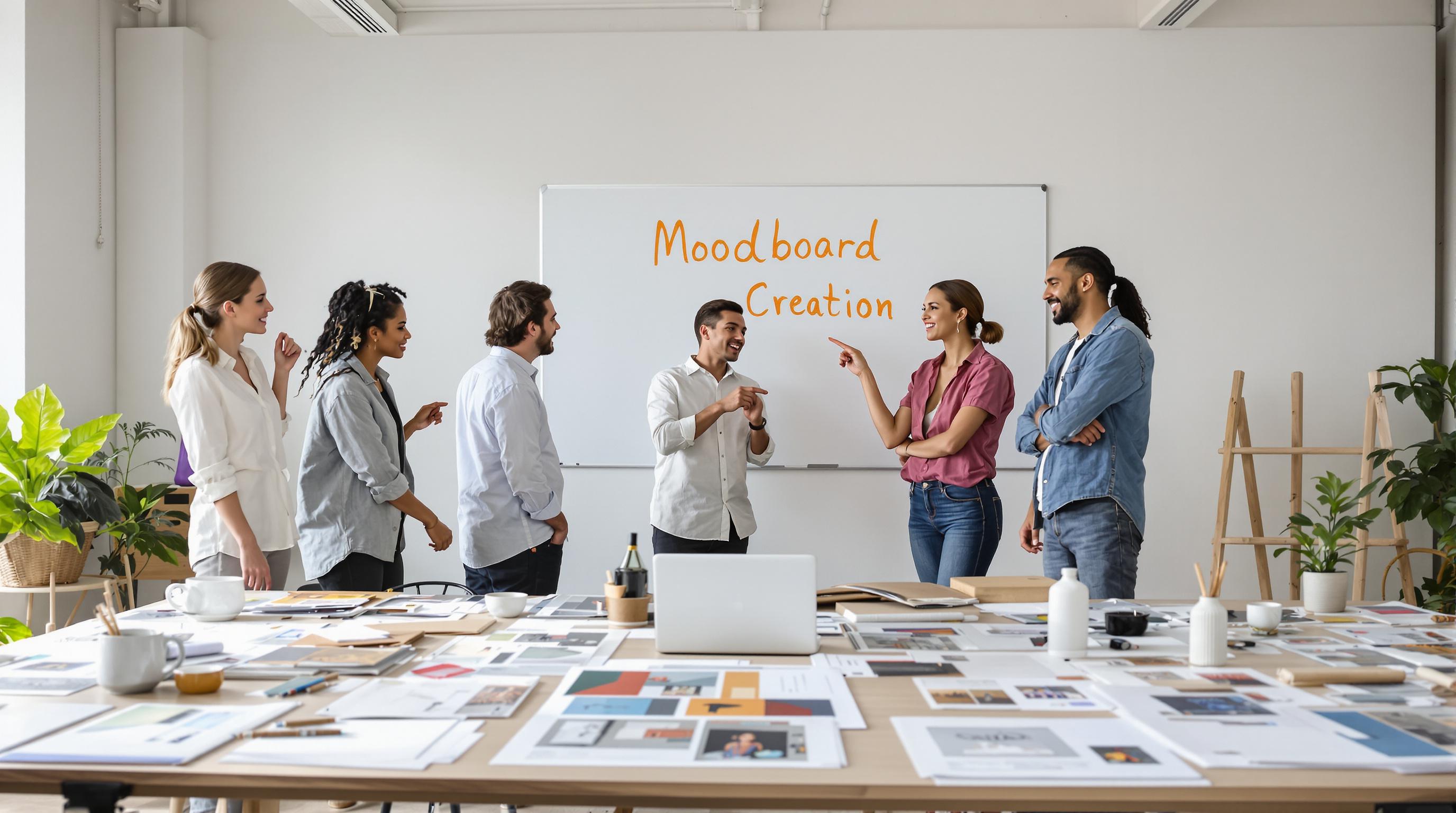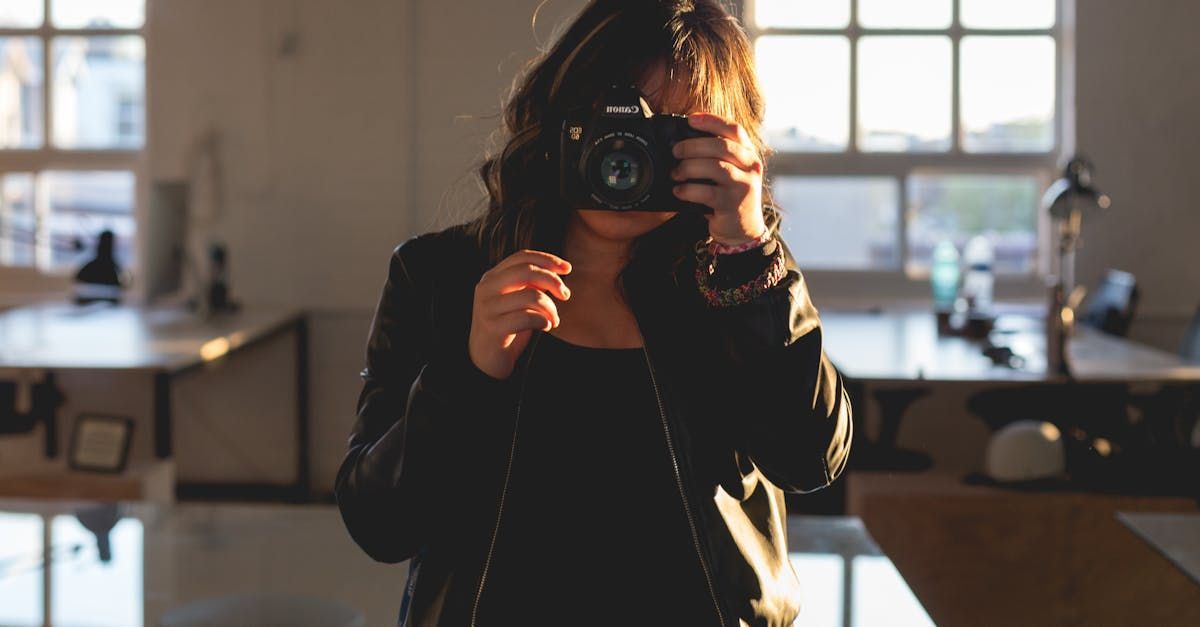Remote creative work is changing faster than anyone expected. Nearly 1 in 5 creative professionals added extra monitors to boost output while working from home. Most people think you need endless motivation to stay productive out of the office. The real secret is how you shape your space, structure your time, and use the right tech, all of which can make or break your creative momentum.
Table of Contents
- Setting Up An Inspiring Creative Workspace
- Time Management Strategies For Creatives
- Collaboration Tools For Remote Creative Teams
- Maintaining Creativity And Well-Being Remotely
Quick Summary
| Takeaway | Explanation |
|---|---|
| Ergonomic Workspace Design | Prioritize comfort and functionality by investing in adjustable chairs, proper monitor placement, and flexible desk options to prevent physical strain and enhance creativity. |
| Time Blocking for Productivity | Implement time blocking by allocating specific time slots for different tasks, helping to minimize distractions and maintain focus on complex projects, especially during peak energy periods. |
| Effective Collaboration Tools | Utilize integrated communication platforms that support instant messaging, video conferencing, and file sharing to enhance real-time collaboration and project feedback among remote teams. |
| Mental Health Maintenance | Establish clear boundaries between work and personal life while pursuing creative hobbies and mindfulness practices to promote mental well-being and prevent burnout. |
| Cultural Engagement | Engage in online arts and cultural activities to boost inspiration and mental health, providing opportunities for professional networking and skill expansion beyond work responsibilities. |
Setting Up an Inspiring Creative Workspace
Creative professionals know that workspace design directly impacts productivity and inspiration. Your home office is more than just a physical location—it’s a dynamic environment that can either amplify or hinder your creative potential.
Ergonomics and Physical Setup
Designing an effective workspace starts with understanding how physical environment influences creative output. Research from INSEAD suggests that workspace configuration plays a critical role in cognitive performance. Ergonomic considerations are paramount for creative professionals who spend extended hours working.
A well-designed workspace should prioritize comfort and functionality. Invest in an adjustable chair that supports proper posture, reducing physical strain during long editing or design sessions. Position your primary monitor at eye level to prevent neck strain, and consider a desk that allows height adjustment for both sitting and standing work modes.
Key Ergonomic Recommendations:
- Adjustable Chairs: Supports multiple sitting positions
- Monitor Placement: At eye level to reduce neck strain
- Desk Flexibility: Height-adjustable options for dynamic working
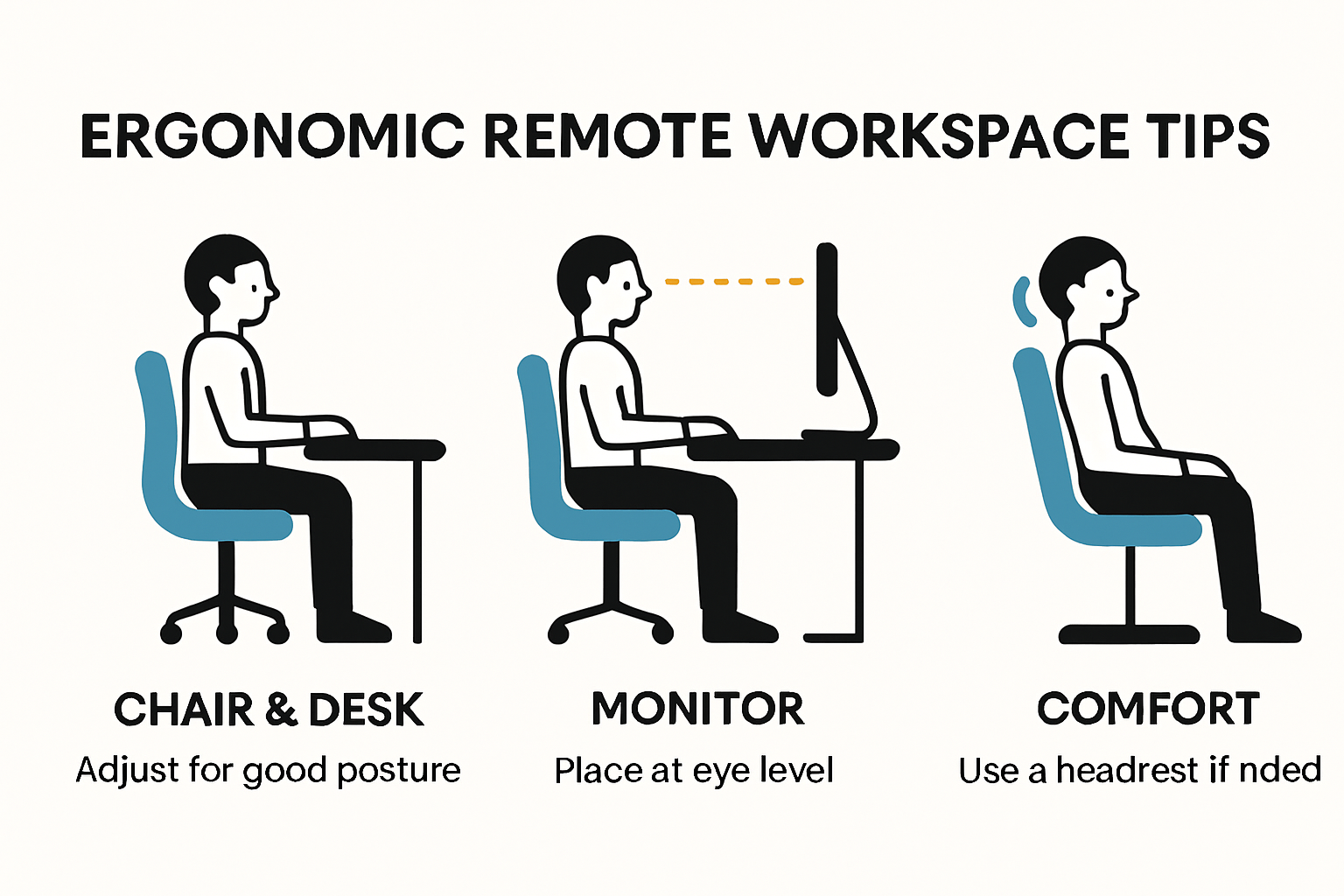
Maximizing Creative Inspiration
Beyond physical comfort, your workspace should stimulate creativity. Applied Sciences research demonstrates that incorporating natural elements can significantly enhance workspace productivity. Consider integrating plants, maximizing natural light, and creating visual zones that inspire creative thinking.
Multiple monitor setups can substantially improve workflow efficiency. According to a comprehensive study, 19% of professionals added monitors during the pandemic, recognizing their potential to enhance productivity. Arrange monitors to create an intuitive workspace that supports your specific creative process.
Inspiration Design Elements:
- Natural Light: Positioning workspace near windows
- Plant Integration: Adding greenery to stimulate creativity
- Visual Inspiration: Creating mood boards or artwork zones
Technology and Creative Flow
Technology integration is crucial in creating a workspace that supports creative professionals. Select equipment that seamlessly connects with your workflow. This includes high-resolution monitors with accurate color representation, noise-canceling headphones for focused work, and adequate storage solutions for your digital and physical creative assets.
Consider your specific creative discipline when designing your workspace. Photographers might need different setups compared to graphic designers or video editors. Customize your environment to match your unique professional requirements, ensuring every element supports your creative process.
Your workspace is a personal sanctuary of creativity. By thoughtfully designing an environment that addresses both physical comfort and inspirational elements, you create a powerful platform for professional excellence. Remember, the right workspace does more than accommodate your work—it actively contributes to your creative potential.
Time Management Strategies for Creatives
Time management represents a critical challenge for creative professionals working remotely. Unlike traditional office environments, remote work demands self-driven discipline and strategic approaches to maximize productivity while maintaining creative flow.
Strategic Task Allocation
Research from the University of Nevada highlights the importance of establishing a dedicated workspace and implementing structured time management techniques. Time blocking emerges as a powerful strategy for creative professionals seeking to optimize their workflow.
Time blocking involves allocating specific time slots for distinct tasks, enabling focused work without constant context switching. For instance, dedicate uninterrupted morning hours to complex creative projects requiring deep concentration, and reserve afternoon periods for administrative tasks, client communications, and project management.
Effective Time Blocking Principles:
- Project Prioritization: Identify and schedule high-complexity tasks during peak energy periods
- Boundary Setting: Create clear demarcations between different work activities
- Flexibility: Allow minor adjustments while maintaining overall structured approach
Productivity Techniques for Creative Focus
Skills You Need research recommends the Pomodoro Technique as an exceptional method for maintaining sustained productivity. This technique involves working in concentrated 25-minute intervals followed by short 5-minute breaks, helping creative professionals prevent mental fatigue and maintain consistent performance.
Implementing the Pomodoro Technique offers multiple benefits. It creates structured work intervals that prevent burnout, encourages regular breaks for mental refreshment, and helps track actual working time more accurately. Creative professionals can adapt this technique to suit their specific workflow, potentially extending or shortening intervals based on individual project requirements.
Pomodoro Technique Adaptations:
- Customizable Intervals: Adjust work and break periods according to personal productivity patterns
- Mental Reset: Use breaks for quick stretching, hydration, or brief meditation
- Task Tracking: Monitor actual working time and project progress
To help compare the different productivity strategies and their key features for creative professionals, refer to the table below.
| Strategy | Core Approach | Key Benefit | Adaptability |
|---|---|---|---|
| Time Blocking | Scheduling dedicated time slots for tasks | Enhanced focus, less multitasking | High |
| Pomodoro Technique | Short intervals of work with regular breaks | Prevents fatigue, boosts stamina | Customizable intervals |
| Project Management Tools | Visual task and time tracking | Organized workflow, accountability | Varies by tool |
| Calendar Scheduling | Integrating appointments, reminders | Structured routine | High |
Technology and Time Management
Leverage digital tools to enhance time management efficiency. Use project management platforms that offer visual task tracking, time logging, and collaboration features. Calendar applications with advanced scheduling capabilities can help integrate time blocking strategies seamlessly into your professional routine.
Consider using productivity apps that provide detailed insights into your work patterns. These tools can help identify potential time-wasting activities, track project progress, and offer recommendations for improving workflow efficiency.
Remember that effective time management is not about working more hours, but working more intelligently. By implementing strategic techniques, creative professionals can transform their remote work experience, achieving higher productivity while maintaining creative passion and preventing professional burnout.
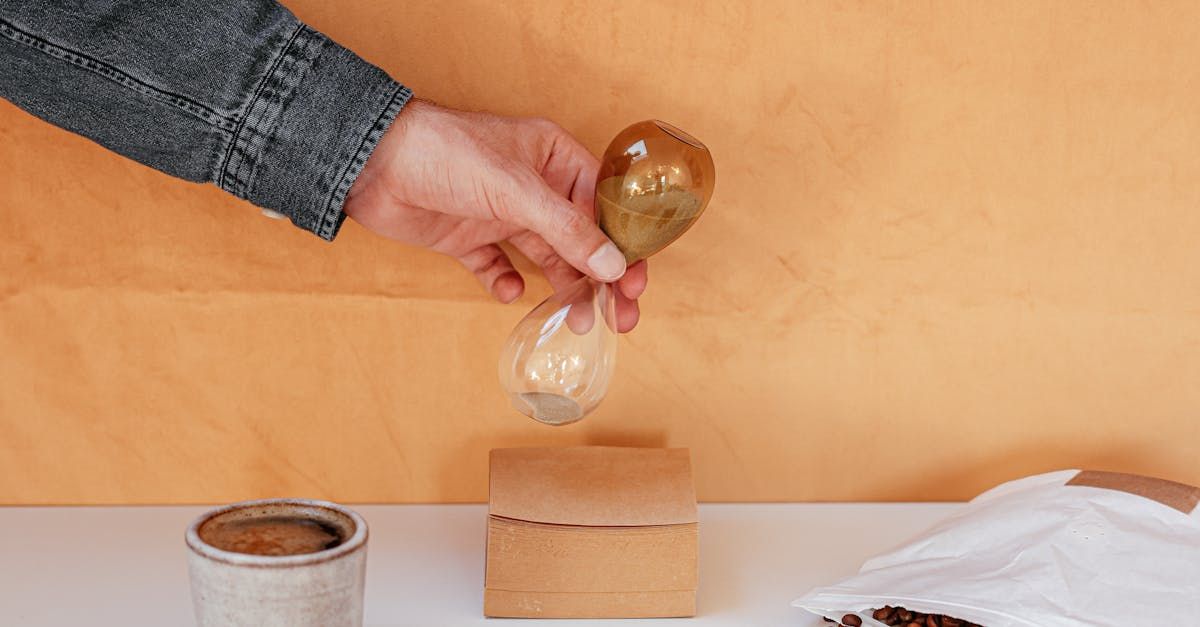
Collaboration Tools for Remote Creative Teams
Remote creative teams require sophisticated digital infrastructure to maintain seamless communication, collaborative workflows, and project cohesion. As creative professionals increasingly work across geographical boundaries, selecting the right collaboration tools becomes paramount for maintaining productivity and creative synergy.
The following table summarizes essential features and benefits of different collaboration tools for remote creative teams as discussed in the article.
| Tool Type | Essential Features | Key Benefit |
|---|---|---|
| Communication Platforms | Instant messaging, video conferencing, screen sharing | Real-time feedback, rapid sync |
| Visualization/VR Tools | 3D modeling, real-time design manipulation | Collaborative spatial design |
| Peer Review Platforms | Annotations, version tracking, feedback systems | Quality improvement, knowledge |
| Project Management Tools | Task assignment, tracking, file sharing | Workflow organization |
Communication and Real-Time Collaboration
Research from the National Center for Biotechnology Information emphasizes that effective virtual collaboration depends on integrated communication tools that support various interaction modes. Beyond traditional video conferencing, modern creative teams need platforms that enable instant messaging, file sharing, and contextual project discussions.
Real-time collaboration tools allow creative professionals to work simultaneously on projects, providing immediate feedback and enabling dynamic creative processes. These platforms should support multiple file types, offer version control, and facilitate seamless annotation and review mechanisms.
Key Communication Platform Features:
- Instant Messaging: Rapid communication channels
- Video Conferencing: High-quality visual interactions
- Screen Sharing: Immediate design and workflow demonstrations
Advanced Collaborative Visualization Techniques
Applied Sciences research reveals that immersive virtual reality environments can significantly enhance remote design collaboration. These advanced platforms support spatial understanding and promote more engaging creative interactions compared to traditional two-dimensional collaboration tools.
Virtual collaboration technologies now offer sophisticated features like 3D modeling spaces, real-time design manipulation, and interactive project environments. Creative teams can simulate physical workshop experiences through these digital platforms, bridging geographical limitations and fostering more intuitive collaborative processes.
Visualization Collaboration Benefits:
- Spatial Design Understanding: Enhanced perception of complex projects
- Interactive Modeling: Real-time collaborative design modifications
- Global Team Integration: Seamless cross-location creative workflows
Peer Review and Knowledge Exchange
Education and Information Technologies research highlights the importance of peer review methodologies in online creative collaboration. Open platforms that facilitate knowledge sharing and constructive feedback can significantly improve team understanding and project outcomes.
Implementing structured peer review mechanisms within collaboration tools allows creative teams to provide nuanced, contextual feedback. These systems should support detailed annotations, version tracking, and transparent communication channels that maintain professional accountability while encouraging creative exploration.
The most effective collaboration tools for remote creative teams transcend mere communication—they create dynamic, interactive environments that simulate the spontaneity and energy of in-person creative sessions. By carefully selecting and integrating advanced collaborative technologies, creative professionals can transform geographical dispersion from a challenge into an opportunity for broader, more diverse creative expression.
Maintaining Creativity and Well-Being Remotely
Remote work presents unique challenges for creative professionals, particularly in sustaining mental health, motivation, and creative energy. Balancing professional demands with personal well-being requires intentional strategies that support holistic professional development.
Mental Health and Creative Resilience
Research from Frontiers in Psychology demonstrates that engaging in creative leisure activities during periods of isolation significantly enhances psychological well-being. For creative professionals working remotely, this insight suggests the importance of maintaining personal creative practices beyond professional projects.
Developing a robust mental health routine involves creating deliberate boundaries between work and personal life. This might include establishing strict working hours, creating physical separation between workspace and living areas, and incorporating regular breaks that allow mental reset and creative regeneration.
Mental Wellness Strategies:
- Creative Hobbies: Pursue personal artistic projects unrelated to work
- Mindfulness Practices: Integrate meditation or yoga into daily routine
- Social Connection: Maintain regular virtual interactions with peers
Innovative Stress Reduction Techniques
PubMed research reveals that short 10-minute virtual reality (VR) nature experiences combined with mindfulness practices can dramatically reduce stress and improve focus among remote workers. These innovative approaches offer creative professionals alternative methods for mental restoration and cognitive rejuvenation.
Technology can be strategically used to support mental well-being. Explore digital platforms that offer guided meditation, virtual nature walks, or interactive wellness experiences. These tools can provide structured interventions that help manage stress, prevent burnout, and maintain creative energy.
Stress Reduction Technologies:
- Virtual Reality Experiences: Immersive nature and meditation environments
- Wellness Apps: Guided mental health and relaxation resources
- Digital Mindfulness Platforms: Interactive stress management tools
Creative Engagement and Cultural Connection
Oxford Internet Institute research indicates that online arts and cultural activities can significantly improve mental health. For creative professionals, this suggests the value of maintaining broader cultural engagement beyond immediate work responsibilities.
Seek out virtual museum tours, online creative workshops, international design conferences, and collaborative digital art projects. These experiences not only provide inspiration but also create opportunities for professional networking and skill expansion while supporting mental well-being.
Remote work demands a proactive approach to maintaining creativity and personal health. By integrating structured wellness practices, leveraging innovative technologies, and remaining culturally engaged, creative professionals can transform potential isolation into an opportunity for personal and professional growth. The key lies in viewing well-being not as a separate concern, but as an integral component of sustained creative excellence.
Frequently Asked Questions
What are some tips for setting up a productive remote workspace?
To set up a productive remote workspace, prioritize ergonomic furniture, use multiple monitors for efficiency, incorporate natural elements like plants, and ensure good lighting to enhance creativity.
How can I manage my time effectively as a creative professional working remotely?
Implement time management strategies like time blocking, where you allocate specific time slots for different tasks, and consider using techniques such as the Pomodoro Technique to maintain focus and prevent burnout.
What collaboration tools can improve productivity for remote creative teams?
Effective collaboration tools include integrated communication platforms for messaging and video conferencing, visualization tools for real-time project design, and peer review systems to facilitate feedback and knowledge exchange.
How can I maintain my mental health and creativity while working remotely?
To maintain mental health and creativity, establish clear boundaries between work and personal time, engage in creative hobbies unrelated to work, practice mindfulness, and participate in online cultural activities to foster inspiration.
Take Control of Your Creative Workflow and Get More Done Remotely
Are you frustrated by lost files, confusing feedback, or slow approval cycles while working from home? The article highlighted how critical streamlined collaboration and real-time feedback are for creative teams in 2025. If you have ever spent too much time switching between apps or struggled to organize creative assets for clients, there is a better way.

Experience effortless sharing, feedback, and delivery with Pikd. Stop letting technical obstacles block your creative flow. Upload your visual projects in high resolution, collect client comments instantly, and manage selections for tools like Capture One or Lightroom. Impress clients and stay focused on your craft. Try Pikd now and see how much easier remote production and client approvals can be. Start your smoother workflow today at Pikd.
